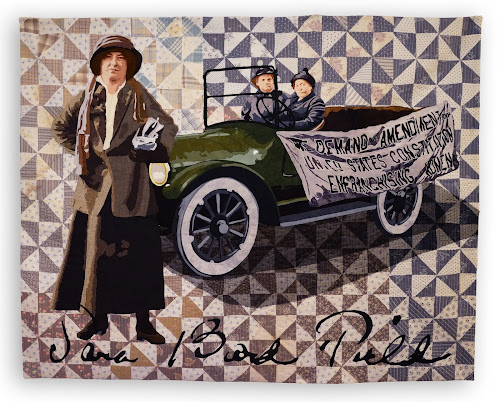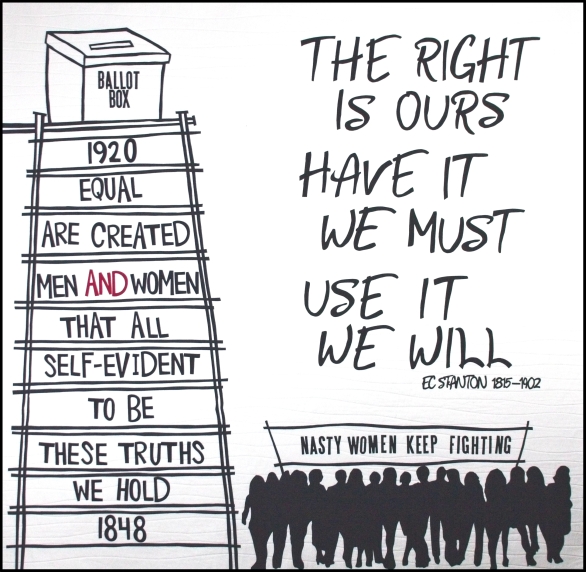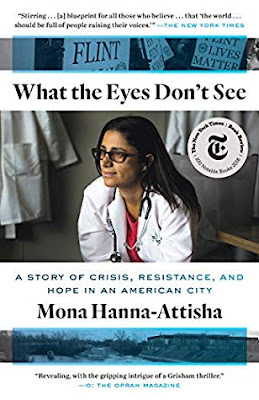All any of us want is a little attention, she thought...~from The Other Bennett Sister by Janice HadlowPoor Mary Bennett, the 'ugly duckling' sister, the comic foil, the forgotten and ignored child! Portrayed in film as squinting, clueless, socially inept, pseudo-intellectual, and plain.
Her story must be depressing. She watches her older sisters marry well for love, and her silliest, youngest sister at least snags a handsome rake. Even Charlotte Lucas gets her ever after--happy to have a home if not Mr. Collins as a mate.
Janice Hadlow's debut novel The Other Bennett Sister channels Austen's character Mary Bennett, imagining a worthy character who lives into a richer life. The novel shows inspiration from Austen's story and themes yet Hadlow develops the story in an original way, true to the historical time and setting.
Themes of self-realization, self-recreation, learning through error, prejudice and pride, sense and sensibility are all a part of Mary's path.
The first part of the book follows Pride and Prejudice from Mary's perspective. Those of us familiar with Austen's novel must be patient; the best is to come. We do learn that Mary had taken to reading theology and philosophy hoping for her father's approval.
After her sisters, including Kitty, are married and Mr. Bennett has passed, twenty-year-old Mary and Mrs. Bennett are dependent on the rich sisters. Miss Bingley takes out her disappointment on Mary with whispered jabs. And the Darcy household is too happy and perfect to easily allow her room. In desperation, Mary turns to the Gardiners. They offer Mary the example of a happy marriage, value her for herself, and provide good counsel.
When Mary is convinced to select a new wardrobe to better suit London society, I loved the descriptions of spotted and stripped and sprigged muslins, the fad colors of coromandel and jonquil, the green dress that will replace the dull colors that had allowed Mary to previously disappear into the woodwork.
In her simple elegance, Mary takes her place in society and attracts the attention of several men. One combines good sense and steadiness with a love of poetry. The other embraces free-thinking and prefers the pursuit of sensation as life's goal.
She meets men with a love of the novel. I love the many references to the literature and poetry that arises in conversation:
William Godwin's Poetic Justice
Mary Wollstonecraft
Lord Byron and Shelley
Tintern Abbey and We Are Seven by William Wordsworth; also his Guide to the Lakes
Evelina by Fanny Burney
Tom Jones by Henry Fielding
Pamela and Sir Charles Grandison by Samuel Richardson
I loved how the Romantic Era makes its impact on her life with Mary's (unsuitable) beau extolling feeling and sensation and rejecting cultural expectations and values, especially concerning the role of women and marriage as a socio-economic compromise.
Our lives are so brief and yet we spend so much of them obeying rules we did not make.~ from The Other Bennett Sister by Janice HadlowMary early prefers the steady man. But his reticence leaves Mary to be persuaded into unwise decisions.
This landscape gives us a proper sense of perspective. It shows us our smallness in the great scheme of things.~ from The Other Bennett Sister by Janice Hadlow
 |
| The Lakes |
The Gardiners take that trip to the Lake District they had once planned for Elizabeth; Mary's preferred beau accompanies them while the other just shows up.
Before she came to the Lakes, she had read a great deal about the subline--sights so extraordinary they could not be adequately described, only felt and experienced. She had never expected to feel for herself such an extraordinary consummation.~ from The Other Bennett Sister by Janice Hadlow
 |
| ...they caught sight of the great lake at Windermere; then they were quiet, for it was a sight magnificent enough to silence anyone.~ from The Other Bennett Sister |
The group decides to walk up the second largest mountain in England. It is a rocky climb that will last all day--and threatens Mary's future happiness.
 |
| hikers on Scafell |
Hadlow has given us a fantastic read.
I was given access to a free egalley by the publisher through NetGalley. My review is fair and unbiased.
The Other Bennet Sister
by Janice Hadlow
Henry Holt & Company
Pub Date 31 Mar 2020
ISBN 9781250129413
PRICE $27.99 (USD)



















